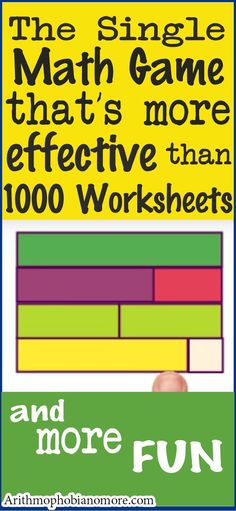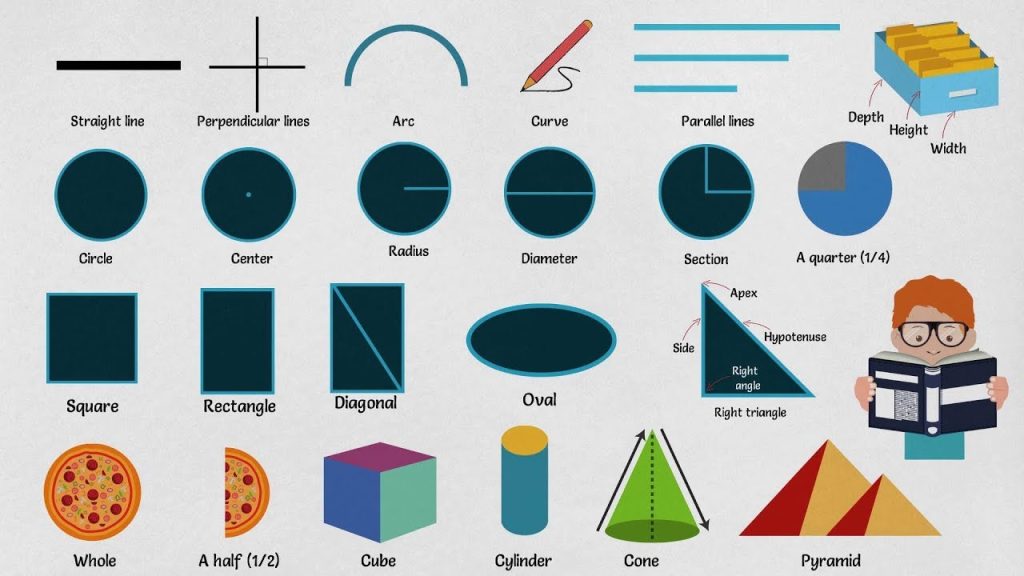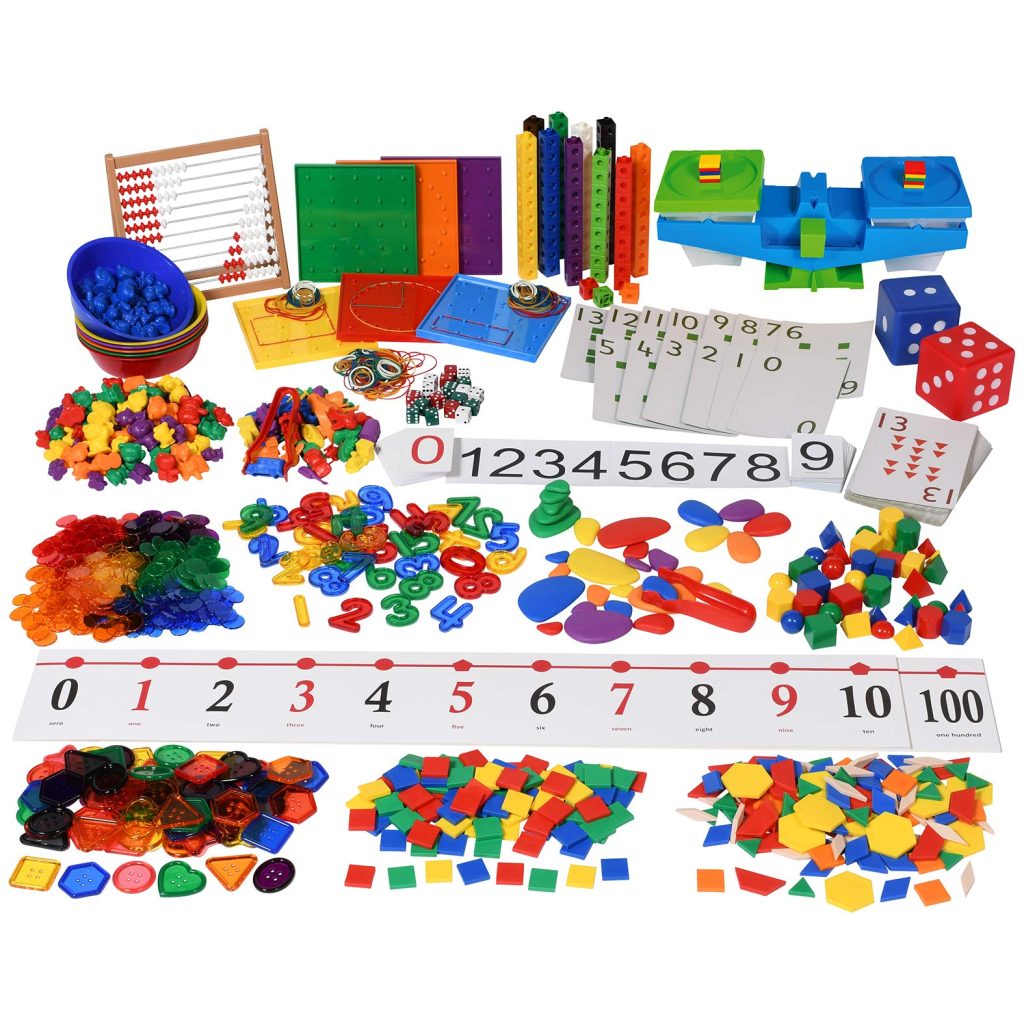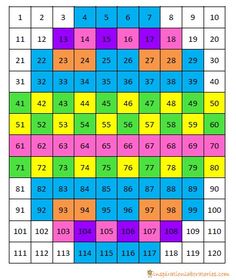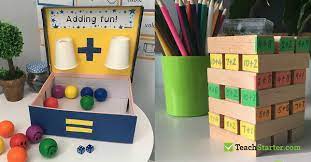Teaching money and financial mathematics is an essential part of a comprehensive education. It equips students with real-life skills that are crucial for their future success. To aid teachers in this endeavor, Teach Starter has compiled a list of 20 valuable resources that can be used to teach money and financial mathematics effectively.
1. Money Games and Activities: Engage students in interactive money games and activities to make learning fun and hands-on. These resources incorporate real-life scenarios and encourage problem-solving skills.
2. Coin Recognition Worksheets: Help students become familiar with different coins and their values by using coin recognition worksheets. These worksheets can be used for practicing identification and counting of coins.
3. Financial Literacy Posters: Display financial literacy posters in the classroom to reinforce important concepts related to money management and financial decision-making.
4. Budgeting and Saving Lesson Plans: Guide students through the process of creating a budget and understanding the importance of saving money. These lesson plans provide practical knowledge that students can apply in their own lives.
5. Supermarket Math Worksheets: Integrate money and financial concepts by using supermarket math worksheets. These worksheets simulate real-life situations where students need to calculate prices, discounts, and compare products.
6. Money Word Problem Tasks: Present students with word problem tasks that involve money calculations. These tasks help develop critical thinking skills and enable students to apply their mathematical knowledge in practical scenarios.
7. Financial Terminology Flashcards: Teach students essential financial terminology with the help of flashcards. These flashcards introduce important terms like interest, credit, debt, and investment.
8. Personal Finance Projects: Assign personal finance projects to students to encourage independent thinking and decision-making. These projects could involve creating a personal budget, planning for a future purchase, or researching financial investments.
9. Financial Literacy Books: Share books that focus on financial literacy to deepen students’ understanding of money management. These books provide relatable stories and examples that can inspire responsible financial behavior.
10. Virtual Financial Literacy Games: Incorporate technology into the learning process with virtual financial literacy games. These games enhance engagement and allow students to practice money skills in a gamified environment.
11. Role Play Activities: Conduct role play activities to simulate real-life financial scenarios. Students can assume different roles, such as a consumer, a business owner, or a banker, and make decisions based on financial considerations.
12. Coin Rubbings: Encourage sensory learning by having students create coin rubbings. This activity allows students to explore the texture and features of different coins while also reinforcing coin recognition.
13. Money Worksheets and Printables: Utilize money worksheets and printables to reinforce concepts like counting money, making change, and solving money problems. These resources provide additional practice opportunities for students.
14. Financial Literacy Videos: Supplement classroom instruction with financial literacy videos. These videos explain complex financial concepts in a simplified and engaging manner, making them accessible to students of all levels.
15. Savings Challenges: Introduce savings challenges to motivate students to save money. These challenges can involve setting savings goals, tracking progress, and celebrating milestones.
16. Certificate of Achievement: Recognize students’ efforts and accomplishments in money and financial mathematics with a certificate of achievement. This helps build confidence and encourages continued learning.
17. Entrepreneurship Activities: Foster an entrepreneurial mindset by engaging students in entrepreneurship activities. These activities encourage creativity, problem-solving, and financial planning.
18. Interactive Whiteboard Activities: Make use of interactive whiteboard activities to actively involve students in money and financial mathematics lessons. These activities can be used for group discussions, problem-solving exercises, and interactive quizzes.
19. Financial Literacy Apps: Explore financial literacy apps that provide interactive and engaging learning experiences. These apps cover various topics, including budgeting, investing, and money management.
20. Real-Life Connections: Emphasize the relevance of money and financial mathematics in everyday life by making connections to real-life examples. Discuss topics like banking, saving for college, or making responsible spending choices.
By utilizing these resources, teachers can ensure that their students develop a strong foundation in money and financial mathematics. The combination of hands-on activities, interactive tools, and real-life connections will empower students to make informed financial decisions and thrive in an increasingly complex financial world.



